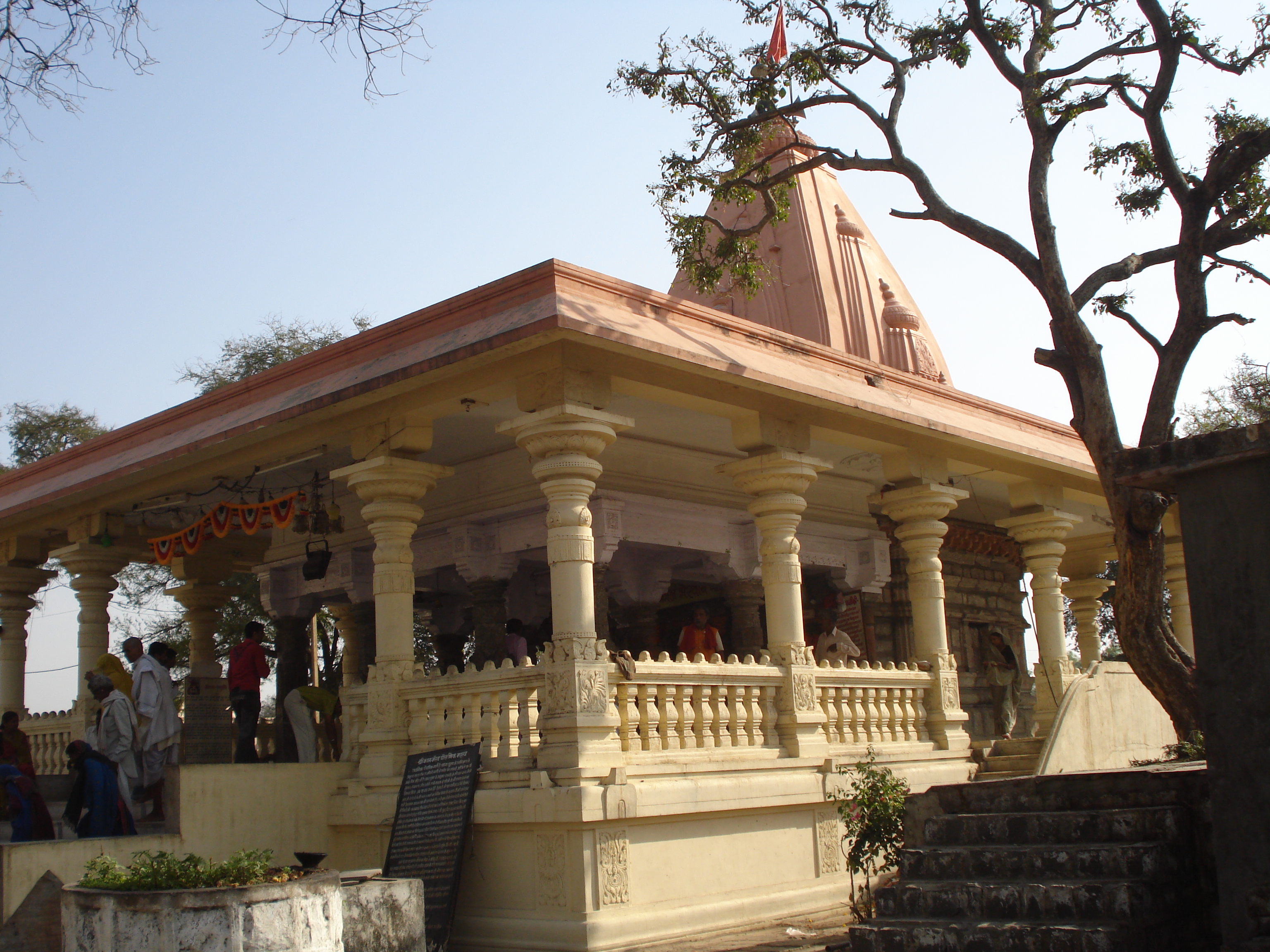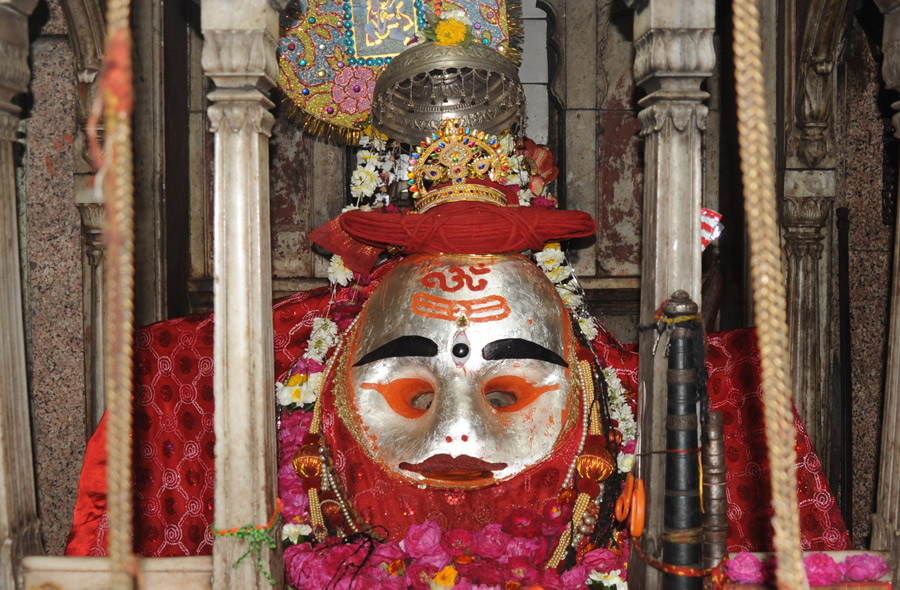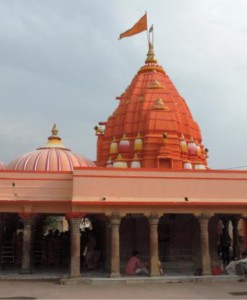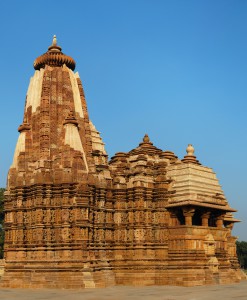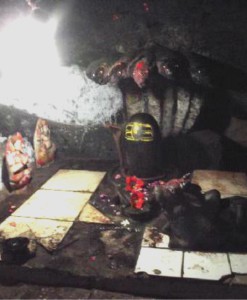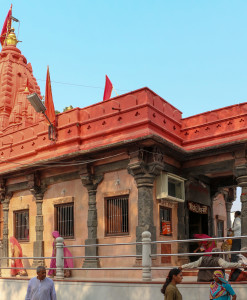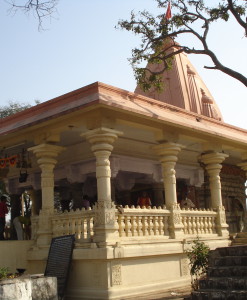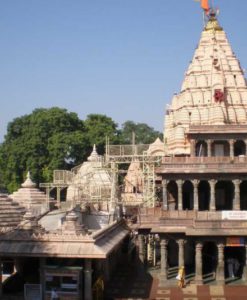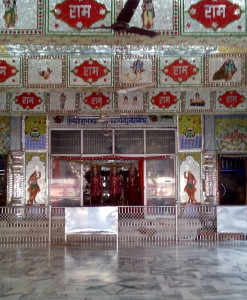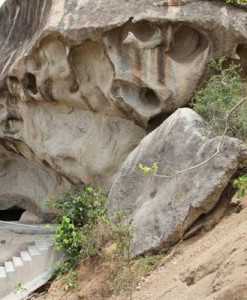No products in the cart.
Kaal Bhairava is a Hindu deity, a fierce manifestation of Shiva associated with annihilation. He is often depicted with frowning, angry eyes and sharp, tiger’s teeth and flaming hair; stark naked except for garlands of skulls and a coiled snake about his neck. In his four hands he carries a noose, trident, drum, and skull. He is often shown accompanied by a dog. The eight manifestations that Bhairava has are-
- Asithaanga Bhairava
- Ruru Bhairava
- Chanda Bhairava
- Krodha Bhairava
- Unmattha Bhairava
- Kapaala Bhairava
- Bheeshana Bhairava
- Samhaara Bhairava
Kala Bhairava is conceptualized as the Guru of the planetary deity Shani (Saturn). Bhairava is known as Bhairavar or Vairavar in Tamil where he is often presented as a Grama devata or village guardian who safeguards the devotee on all eight directions (ettu tikku). Known in Sinhalese as Bahirawa, he protects treasures. Lord Bhairava is the main deity worshipped by the Aghora sect.
He is considered sacred to Hindus, Buddhists and Jains alike. He is worshipped in Nepal, Rajasthan, Karnataka, Tamil Nadu and Uttarakhand.
Kaal Bhairava Temple, Ujjain,Madhya Pradesh
Brahma and Vishnu had a conversation in the Shiv Mahapuran, in which Vishnu inquired of Brahma, “Who is the supreme creator of the Universe?” Arrogantly, Brahma told Vishnu to worship him as Supreme Creator. One day Brahma thought, “I have five heads, Shiva also has five heads. I can do everything that Shiva does and therefore I am Shiva”. Not only had he became egoistic, he started to forge the work of Shiva. Brahma started interfering in what Shiva was supposed to do. Then Mahadeva (Shiva) threw a small nail from His finger, which assumed the form of Kala Bhairava, and casually went to cut off one of Brahma’s heads. The skull of Brahma is held in the hands of Kala Bhairava; Brahma’s ego was destroyed and he became enlightened. Then onwards he became useful to himself, to the world and deeply grateful to Shiva. In the form of the Kaala Bhairava, Shiva is said to be guarding each of these Shaktipeeths. Each Shaktipeeth temple is accompanied by a temple dedicated to Bhairava.
It is said there are 52 forms of Bhairava, which are in fact considered as manifestation of Shiva himself.
Traditionally Kaal Bhairav is the Grama devata in the rural villages of Karnataka, Maharashtra and Tamil Nadu, where he is referred to as “Bhaivara/Annadhani” Vairavar. In Karnataka, Lord Bhairava is the supreme God for the community commonly referred as “Gowdas”, especially for the Gangadikara Gowda caste he is considered as the care taker and punisher.
The Hindu reformer Adi Sankara has written a hymn on Kala Bhairava of Kashi which is called as Kala Bhairav Ashtakam. It is said that as at Kashi, there are 8 temples to the various Bhairavs (collectively known as Ashta Bhairavs) near this one.
The temple is open for devotees from 7 AM to 6 PM.
Bhairava Ashtami commemorating the day Kal Bhairav appeared on earth, is celebrated on Krishna paksha Ashtami of the Margashirsha month of Hindu calendar with a day special prayers and rituals.
Beautiful paintings in the Malwa style of Indian Tradition once decorated the temple walls, some traces of which are visible still today in the Temple.
By Road
Ujjain is directly connected by roads to Indore, Surat, Gwalior and so on. Hence, all the road transportation facilities are available all the time to reach the temple
By Rail
The nearest railhead is the Ujjain Junction at a distance of 7 km from the temple.
By Air
The nearest airport is the Devi Ahilya Bai Holkar Airport at a distance of 68 km from the temple.

